Primary Mediastinal B Cell Lymphoma Survival Rate

For patients diagnosed with primary mediastinal B-cell lymphoma (PMBCL), understanding survival rates is crucial. This aggressive type of non-Hodgkin lymphoma originates in the mediastinum, the space in the chest between the lungs. Recent advancements in treatment strategies are leading to improved outcomes, offering renewed hope for those affected by this rare cancer.
This article explores the current understanding of PMBCL survival rates, the factors influencing these rates, and the ongoing research aimed at further enhancing patient outcomes. We will delve into the available data from reputable organizations and highlight the significance of timely diagnosis and appropriate treatment protocols in managing this disease.
Understanding Primary Mediastinal B-Cell Lymphoma
PMBCL is a distinct subtype of diffuse large B-cell lymphoma (DLBCL). It is characterized by its origin in the mediastinum. This location can lead to symptoms like chest pain, shortness of breath, and swelling in the face or neck.
Early diagnosis is paramount for effective treatment. Imaging techniques such as CT scans and PET scans play a critical role in identifying the lymphoma and assessing its extent.
Accurate diagnosis also requires a biopsy to confirm the presence of PMBCL cells. This also helps differentiate it from other types of lymphoma.
Survival Rates: A Statistical Overview
Survival rates for PMBCL have improved significantly over the past few decades. This is largely due to advancements in chemotherapy and the introduction of immunotherapy.
According to data from the National Cancer Institute's SEER database, the 5-year relative survival rate for adults with DLBCL (which includes PMBCL) is around 64%. However, PMBCL often exhibits a more favorable prognosis than other DLBCL subtypes when treated aggressively.
Specific studies focusing solely on PMBCL suggest that the 5-year overall survival rate can range from 70% to over 80% with modern treatment approaches. These statistics are crucial for patients and their families, providing a benchmark for understanding the potential treatment outcomes.
Factors Influencing Survival Rates
Several factors can influence the survival rates of PMBCL patients. These include the patient's age, overall health, and the stage of the lymphoma at diagnosis.
Treatment protocols also play a significant role. R-CHOP (rituximab, cyclophosphamide, doxorubicin, vincristine, and prednisone) is a commonly used chemotherapy regimen.
However, some studies have shown that more intensive regimens, such as DA-EPOCH-R (dose-adjusted etoposide, prednisone, vincristine, cyclophosphamide, doxorubicin, and rituximab), may lead to even better outcomes for PMBCL patients. The decision on which regimen to use is typically made by a hematologist-oncologist, considering individual patient characteristics and risk factors.
Treatment Strategies and Advancements
The standard treatment for PMBCL typically involves chemotherapy combined with rituximab, a monoclonal antibody that targets the CD20 protein found on lymphoma cells.
Radiation therapy may also be used in some cases, particularly for patients with bulky disease or those who do not achieve a complete response to chemotherapy alone. The role of stem cell transplantation in PMBCL is still being investigated.
However, it may be considered for patients who relapse after initial treatment or those who have a high risk of recurrence. Ongoing research focuses on developing novel therapies, including targeted agents and immunotherapies, to further improve outcomes for PMBCL patients.
The Importance of Early Detection and Comprehensive Care
Early detection and prompt treatment are critical for maximizing survival rates in PMBCL. Patients experiencing symptoms such as chest pain, shortness of breath, or swelling in the neck should seek medical attention immediately.
A comprehensive care team, including hematologist-oncologists, radiation oncologists, and supportive care specialists, is essential for providing the best possible outcomes. These teams work together to develop individualized treatment plans and manage any side effects that may arise during treatment.
Supportive care services, such as counseling and nutritional guidance, can also play a vital role in helping patients cope with the physical and emotional challenges of PMBCL.
Ongoing Research and Future Directions
Research into PMBCL is ongoing, with a focus on identifying new therapeutic targets and developing more effective treatment strategies. Clinical trials are exploring the use of novel agents, such as PD-1 inhibitors, in combination with chemotherapy or as maintenance therapy after initial treatment.
Studies are also investigating the role of minimal residual disease (MRD) monitoring in predicting relapse and guiding treatment decisions. Furthermore, researchers are working to better understand the genetic and molecular characteristics of PMBCL.
This helps in developing personalized treatment approaches tailored to the individual patient's lymphoma profile. These advancements hold great promise for further improving survival rates and quality of life for PMBCL patients.
A Note of Hope
While a diagnosis of PMBCL can be daunting, it's important to remember that significant progress has been made in the treatment of this disease. The improved survival rates and the ongoing research offer hope for a brighter future for those affected by PMBCL.
By staying informed, seeking early diagnosis, and working closely with a comprehensive care team, patients can navigate their treatment journey with confidence and optimism.
The information presented here is intended for general knowledge and informational purposes only, and does not constitute medical advice. It is essential to consult with a qualified healthcare professional for any health concerns or before making any decisions related to your health or treatment.
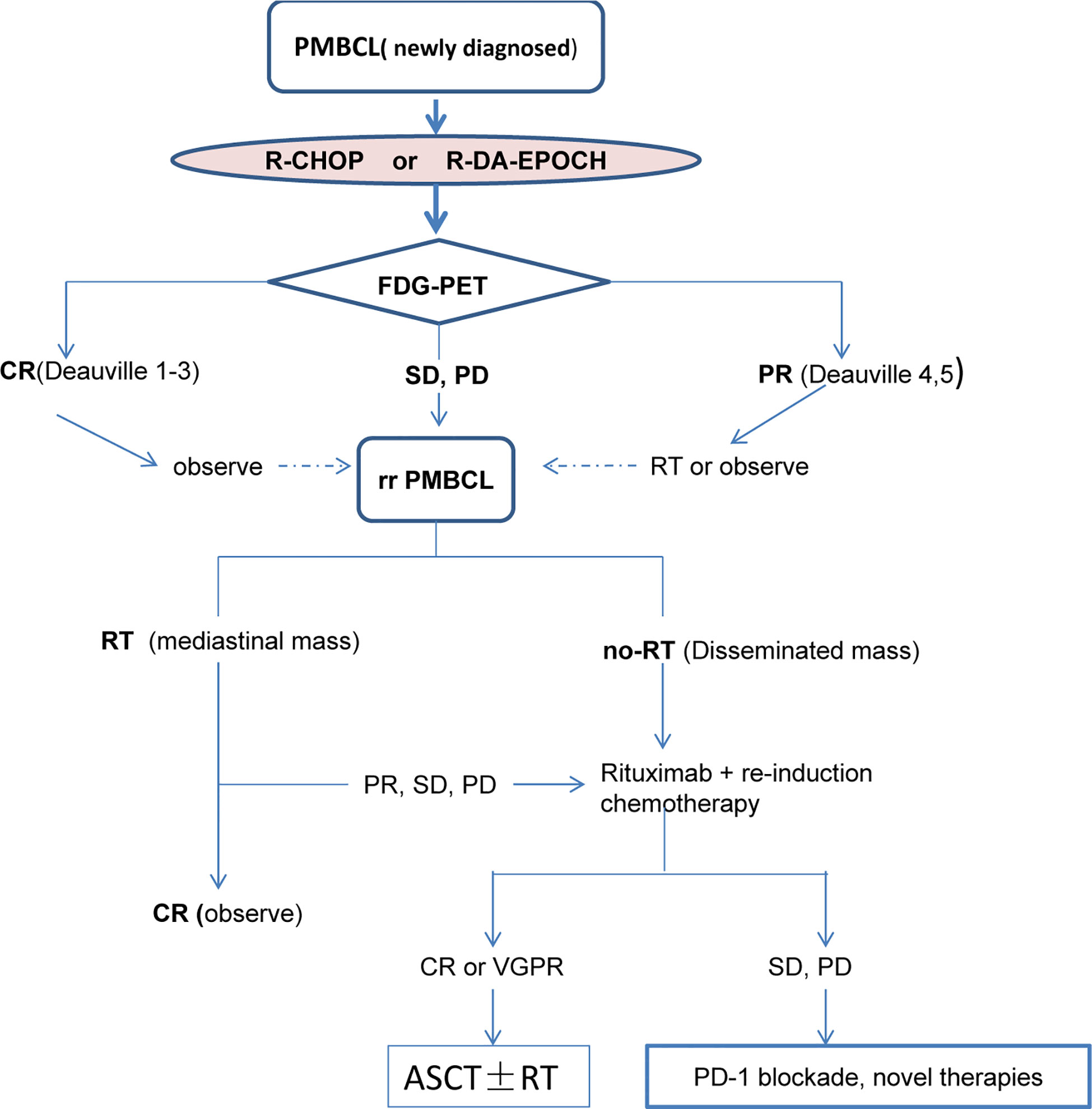
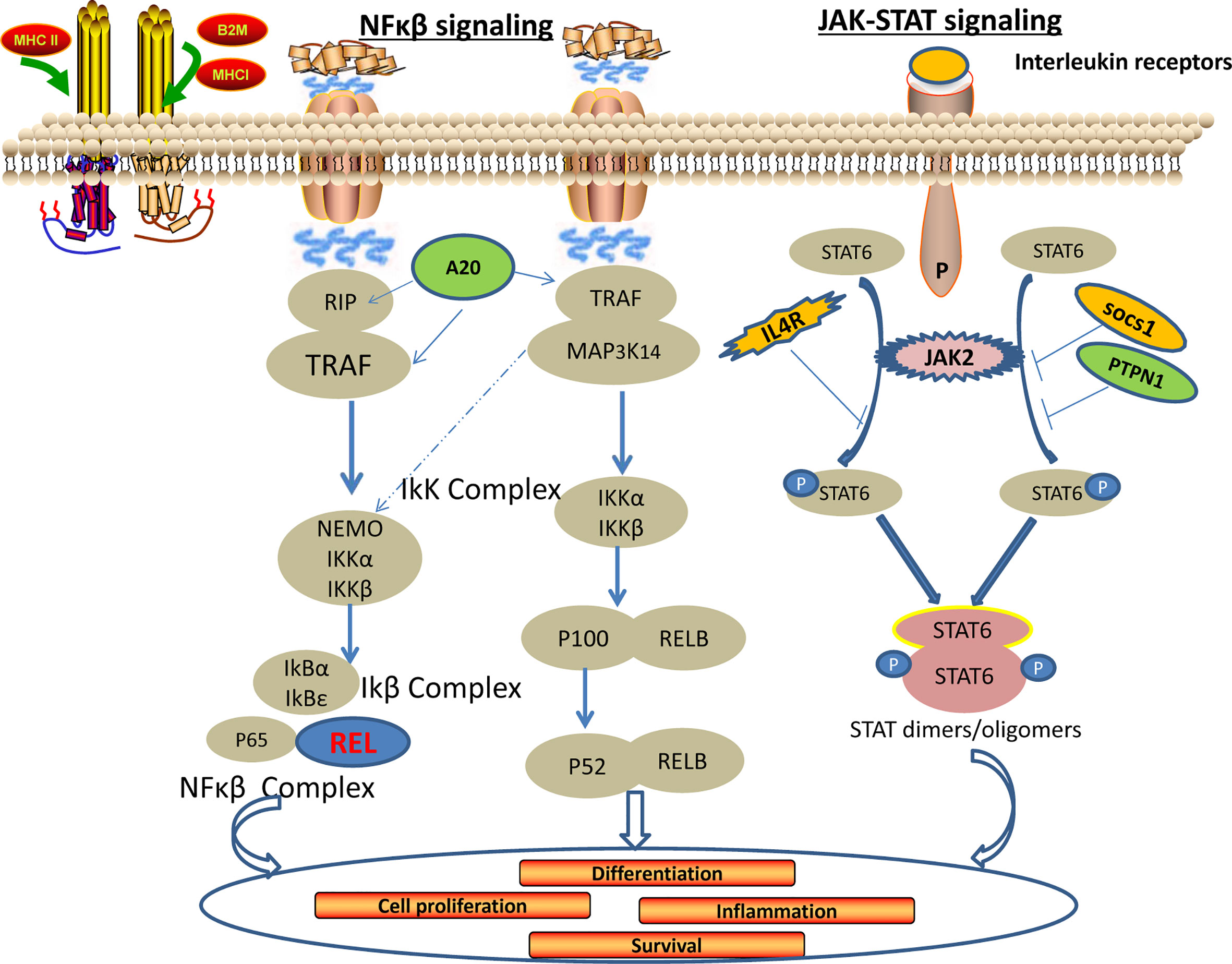


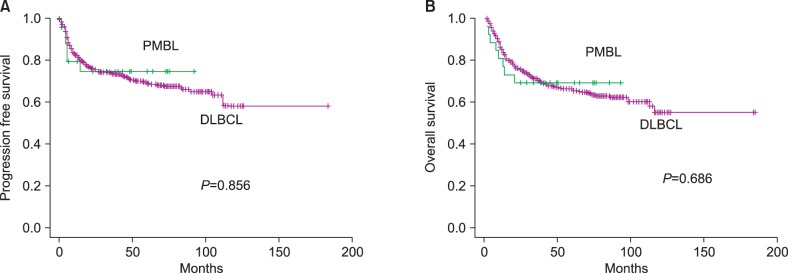

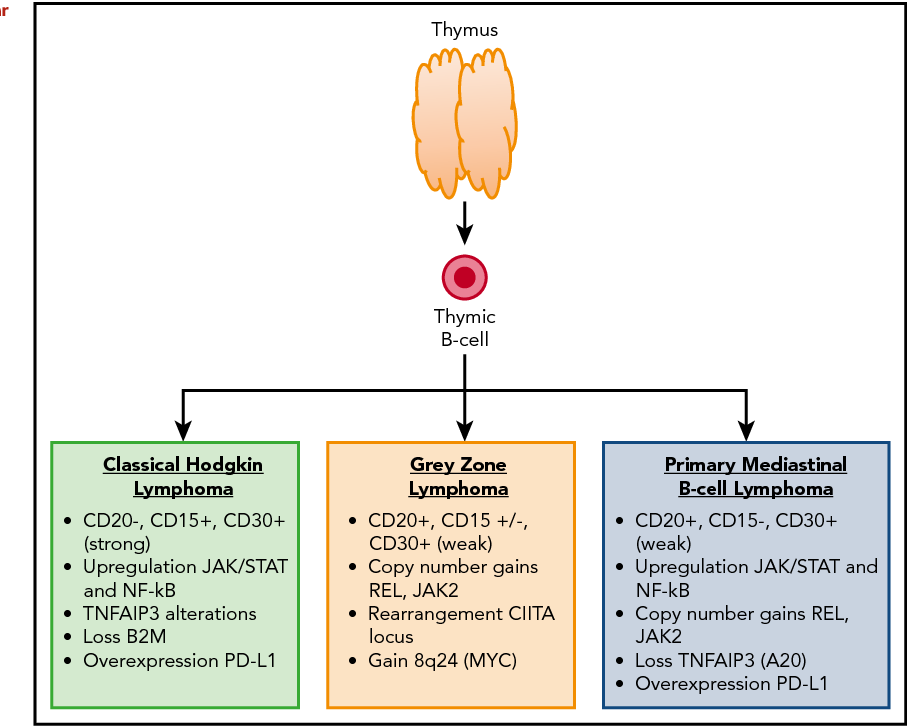

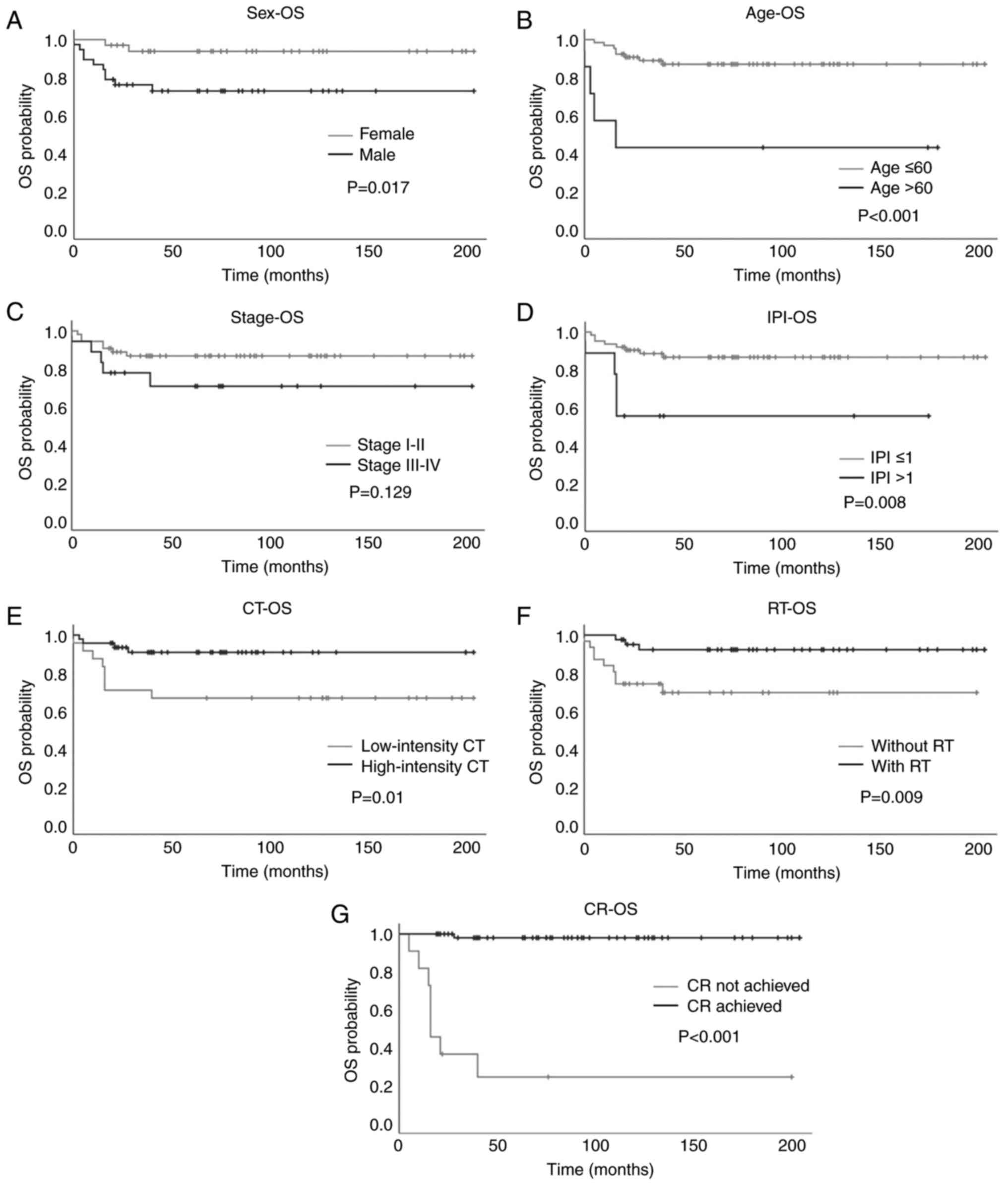


![Primary Mediastinal B Cell Lymphoma Survival Rate [PDF] Primary mediastinal large B-cell lymphoma. | Semantic Scholar](https://d3i71xaburhd42.cloudfront.net/69fd5c7319f5ef220880b02f5907884a1fac209d/2-Figure1-1.png)






